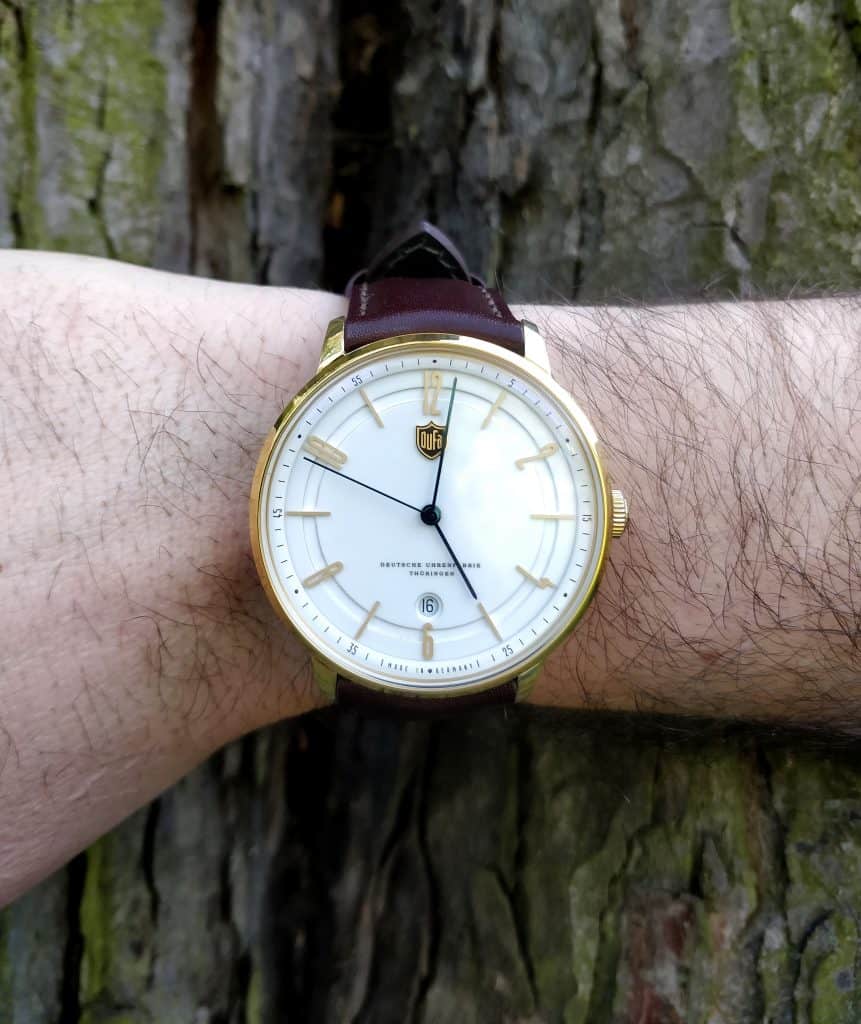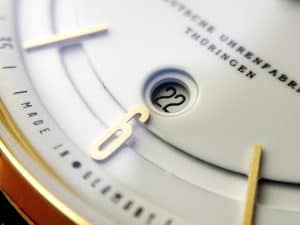People have always been fascinated about the passing of time, so the craze about watches didn’t start today.
From prehistoric man all the way down to the modern generation, the watch industry has witnessed an abundant use of different devices to tell time.
Even though sundials and water clocks were among the most common devices used to track time before the advent of mechanical clocks, the watch industry has been inundated with many innovations for tracking time.
In today’s post, we want to trace the origin of clocks and watches and see how these innovations have fared over the years.
So if you’ve always been fascinated by watches and won’t mind learning a thing or two about their history, you’re welcome to read further.
Evolution of timekeeping
The very first mechanical clock to hit the watch scene was invented in England in 1275.
As a matter of fact, one of the oldest known working clocks was reportedly found at the Salisbury Cathedral in 1386.
Unlike modern clocks, the first mechanical clocks do not have any face.
To track time back then, you had to strike the hours.
Fortunately, the early 1300s saw the invention of three more mechanical clocks, which were built in Italy.
One of them was an astronomical clock, the second one was a ringing bell clock, and the third used hours, sunrise, and days of the month to track time.
Many years later, blacksmiths started building clocks with loud bells that could travel throughout manor houses and towns.
In the early 16th century, the watch industry witnessed the invention of mechanical clocks, which were made out of brass, bronze, and silver instead of the iron which was initially used.
The ban on the use of jewellery by reformer John Calvin in the 1540s spearheaded the birth of the Swiss watch industry.
Since jewellers were no longer allowed to practice their craft, they were forced to learn watchmaking.
Thanks to this move, the first bronze pocket watch was birthed in 1574 and featured religious depictions on both front and back.
Pendulum and pocket watches
Even though Galileo first studied the pendulum clock in 1602, it wasn’t until 1656 before Christian Huygens fully patented it.
While other mechanical clocks before the pendulum had a mechanical accuracy of 15 minutes per day, the pendulum proved to be a game-changer as it decreased deviation in time to about 15 seconds a day.
Although the pendulum clock signalled a vital milestone in watchmaking, famous scientists, including big names like Isaac Newton, used the pendulum to correctly measure the earth’s shape, thanks to the force of its movement.
While the pendulum clock was used for many scientific purposes, this incredible invention was instrumental in perfecting time tracking accuracy in most modern watches today.
Having explored the history of pendulum clocks, it’s time to give you some little background regarding pocket watches.
Even though pocket watches were famous in the 16th century, the ones available only displayed the hour.
Thankfully, things changed in 1680, as the minute hands were incorporated to make time tracking even better.
Ten years down the line, the first, second hand made its appearance, even though it wasn’t fully deployed for some time.
To accurately trace the history of pocket watches, it’s essential to let you know that pocket watches were invented to replace the old pendant timepiece.
This move came to fruition after Charles II of England introduced waistcoats.
And because the pocket watch was designed to stay in the pocket, rather than hitherto being protected in a pendant, the shape of pocket watches was intentionally curved and flattened to avoid any sharp edges from damaging clothing.
Eventually, pocket watches had their faces covered with glass in 1610.
This was done to protect the hands from damage.
Wristwatches
The first wristwatch ever to grace the watch scene was made in 1812 and was designed to fit the wrist of the Queen of Naples.
Coincidentally, this wasn’t the first time we will hear about the wristwatch as it was believed to be previously introduced in 1570, only that it was described as an arm watch back then.
When wristwatches were first introduced, they were primarily worn by women, and that’s because watches back then were prone to damage by elements.
This explained why men primarily wore pocket watches.
As time progressed, wristwatches became quite popular, especially among people in the military.

In 1880, for instance, Constant Girard requested a mass production of two thousand wristwatches for the German Navy.
In his quest for a watch that allowed him to keep both hands on controls while timing flights, Brazilian aviator Alberto Santos-Dumont, reached out to his good friend Louis Cartier to develop something more innovative.
This spurred the development of what was later known as the Santos wristwatch.
Modern advancement in watchmaking
Though the first stopwatch was initially invented in the 1770s, it wasn’t until the 1930s before the watch industry witnessed the first stopwatch launch, which the Breitling Watch Company patented.
Although the chronograph was quite similar to a stopwatch, the chronograph featured impressive tech that allowed it to measure time while also recording time increments.
Thanks to modern technology and advancement in watchmaking, the watch industry witnessed the launch of electric watches in the 1950s.
Though electric watches had hands that moved mechanically, they come with a balance wheel powered by solenoid.
The launch of quartz watches in 1969 brought about a massive revolution in the watch industry.
Because quartz watches removed all mechanical components and replaced them with a battery, they were a lot cheaper.
Also, quartz watches were loved because they were more accurate and required no cleaning or oiling to keep them functioning optimally.
Today, the watch industry has many fancy watches with unique functionalities.
Frequently asked questions
Who invented the clock first?
While Galileo was credited with the idea of using a swinging bob to track time and regulating motion, the invention was credited to Christian Huygens, who patented the invention.
Who made the first-hand watch?
Peter Henlein, a German from Nuremberg, was believed to have invented the first portable clock, which was powered by a spring mechanism.
According to watch experts, this was the first accurate watch to be made.
Who is the father of the clock?
Even though many inventors were reported to have made the clock, English clockmaker Thomas Tompion is regarded as the father of English clock making.


